Filter by

The logic of knowledge bases
"The idea of knowledge bases lies at the heart of symbolic, or "traditional," artificial intelligence. A knowledge-based system decides how to act by running formal reasoning procedures over a body of explicitly represented knowledge--a knowledge base. The system is not programmed for specific tasks; rather, it is told what it needs to know and expected to infer the rest. This book is about the…
- Edition
- 1
- ISBN/ISSN
- 9780262278232
- Collation
- -
- Series Title
- -
- Call Number
- -
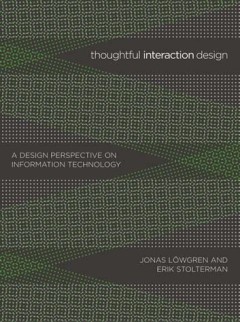
Thoughtful Interaction Design: A Design Perspective on Information Technology
How to think about the shaping and composing of information technology from a design perspective: the aesthetics and ethics of interaction design.OCLC-licensed vendor bibliographic record.
- Edition
- -
- ISBN/ISSN
- 9780262256575
- Collation
- 1 online resource (xiii, 198 pages) :illustrations
- Series Title
- -
- Call Number
- -
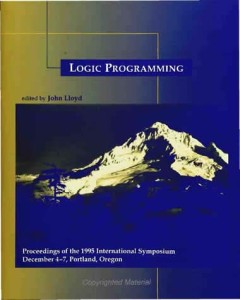
Logic Programming: The 1995 International Symposium
"December 4-7, 1995, Portland, Oregon The International Logic Programming Symposium is one of two major international conferences sponsored by the Association of Logic Programming. It is held annually in North America. The theme for the 1995 conference is "Declarative Systems," particularly the integration of the logic programming, functional programming, and object-oriented programming paradig…
- Edition
- 1
- ISBN/ISSN
- 9780262291248
- Collation
- -
- Series Title
- -
- Call Number
- -
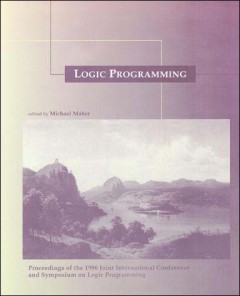
Logic Programming: Proceedings of the 1996 Joint International Conference and…
v
- Edition
- 1
- ISBN/ISSN
- 9780262291309
- Collation
- -
- Series Title
- -
- Call Number
- -
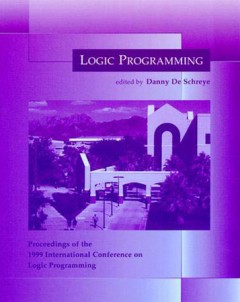
Logic Programming: Proceedings of the Tenth International Conference on Logic…
"The Tenth International Conference on Logic Programming, sponsored by the Association for Logic Programming, is a major forum for presentations of research, applications, and implementations in this important area of computer science. Logic programming is one of the most promising steps toward declarative programming and forms the theoretical basis of the programming language Prolog and its va…
- Edition
- 1
- ISBN/ISSN
- 9780262291460
- Collation
- -
- Series Title
- -
- Call Number
- -
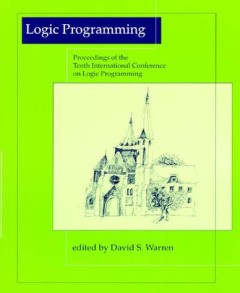
Logic Programming: Proceedings of the 1999 International Conference on Logic …
Includes tutorials, lectures, and refereed papers on all aspects of logic programming, including theoretical foundations, constraints, concurrency and parallelism, deductive databases, language design and implementation, nonmonotonic reasoning, and logic programming and the Internet.The International Conference on Logic Programming, sponsored by the Association for Logic Programming, includes t…
- Edition
- 1
- ISBN/ISSN
- 9780262291118
- Collation
- -
- Series Title
- -
- Call Number
- -
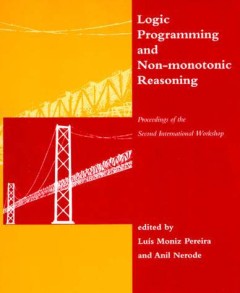
Logic Programming and Non-Monotonic Reasoning: Proceedings of the Second Inte…
"This is the second in a series of workshops that are bringing together researchers from the theoretical end of both the logic programming and artificial intelligence communities to discuss their mutual interests. This workshop emphasizes the relationship between logic programming and non-monotonic reasoning.Luis' Moniz Pereira is Professor in the Department of Computer Science at the Universid…
- Edition
- 1
- ISBN/ISSN
- 9780262291378
- Collation
- -
- Series Title
- -
- Call Number
- -
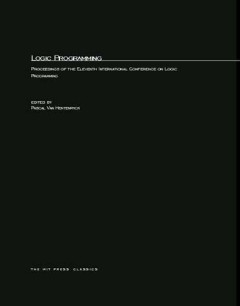
Logic Programming: The 11th International Conference
Conference proceedings presenting the state-of-the-art in Logic Programming.
- Edition
- 1
- ISBN/ISSN
- 9780262257145
- Collation
- -
- Series Title
- -
- Call Number
- -

A Century of Electrical Engineering and Computer Science at MIT, 1882–1982
Electrical engineering is a protean profession. Today the field embraces many disciplines that seem far removed from its roots in the telegraph, telephone, electric lamps, motors, and generators. To a remarkable extent, this chronicle of change and growth at a single institution is a capsule history of the discipline and profession of electrical engineering as it developed worldwide. Even when …
- Edition
- -
- ISBN/ISSN
- 9780262291033
- Collation
- 1 online resource (xi, 423 pages) :illustrations
- Series Title
- -
- Call Number
- -
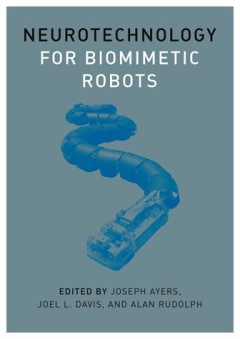
Neurotechnology for biomimetic robots
"A Bradford book."An overview of neurotechnology, the engineering of robots based on animals and animal behavior.The goal of neurotechnology is to confer the performance advantages of animal systems on robotic machines. Biomimetic robots differ from traditional robots in that they are agile, relatively cheap, and able to deal with real-world environments. The engineering of these robots require…
- Edition
- -
- ISBN/ISSN
- 9780262267496
- Collation
- 1 online resource (xiv, 636 pages) :illustrations
- Series Title
- -
- Call Number
- -
 Computer Science, Information & General Works
Computer Science, Information & General Works  Philosophy & Psychology
Philosophy & Psychology  Religion
Religion  Social Sciences
Social Sciences  Language
Language  Pure Science
Pure Science  Applied Sciences
Applied Sciences  Art & Recreation
Art & Recreation  Literature
Literature  History & Geography
History & Geography